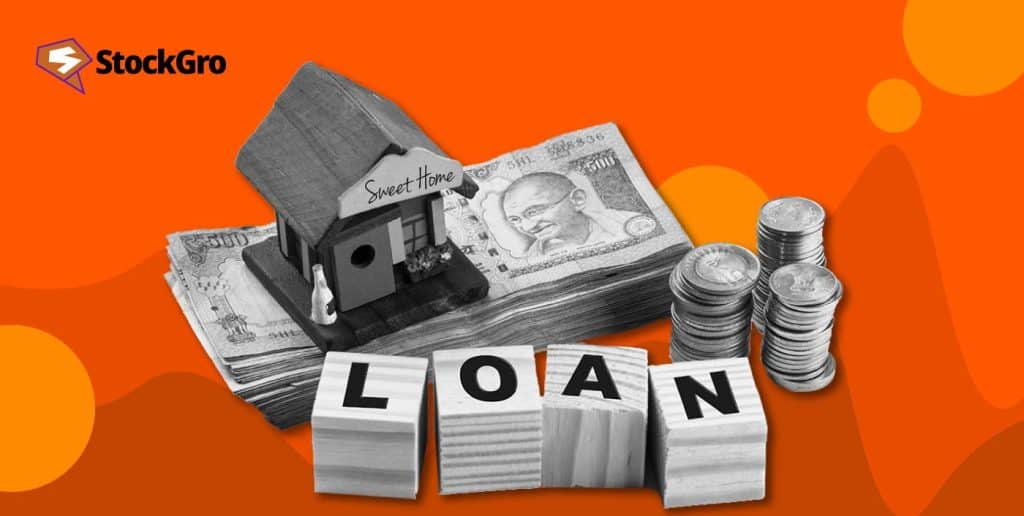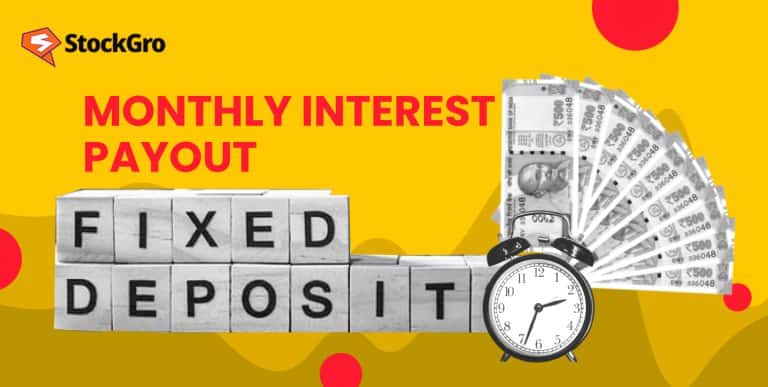
When financial storms strike, people frequently run to cover under loans and other credit facilities. Among the several choices, one jumps out for its ease and availability: borrowing against your fixed deposits (FD).
It is a quick fix to ride out the storm without sacrificing your financial safety net. Instead of quickly cashing out your FD, which has been painstakingly developed as a fortress of savings, you can use it to get a loan from the exact institution keeping it.
This article will delve into the reasons why this apparently simple solution has its drawbacks, and why it is important to carefully analyse the situation before making a decision to tap into the possibilities of your fixed deposits.
What is a loan against fixed deposit (FD)?
Your FD can secure immediate funds through two distinct options: a loan against the deposit or an OD (overdraft) facility, both offering financial solutions without cashing out your FD, each with unique benefits to suit different needs.
With a loan against FD, you have the opportunity to borrow a significant amount, usually up to 90-95% of the value of your FD. Choosing this route is ideal when you need the entire loan sum immediately for a particular need.
On the other hand, an overdraft against a fixed deposit provides a credit limit that is lower than the amount of the fixed deposit. You can withdraw funds as needed, and interest is only charged on the amount used. This flexibility makes it excellent for people who need finances occasionally or are unsure of the amount.
Benefits of using your FD for financing:
- Usually, the loan against fixed deposit interest rates is lower than unsecured loans or personal loans, which makes them more cost-effective.
- Interest on the FD keeps piling up even as the loan gets disbursed.
- The process typically involves a reduced number of documents as the FD itself acts as collateral.
- You can avail of a loan of up to 90-95% of the FD amount, which offers substantial liquidity.
The process of application for a loan against a fixed deposit usually includes the following steps:
To apply for a loan against your fixed deposit, begin by visiting your bank’s website and navigating to the fixed deposit section. Here, you’ll find options for loans or overdrafts against FDs. Choose the relevant option and enter the required details, such as the loan’s term and the amount you wish to borrow.
Complete the online application form with all necessary information and submit it. You’ll receive a confirmation via SMS or email. The bank will then process your application and determine the final loan amount, which will be based on the value of your fixed deposit.
Further reading: Risks associated with investment in fixed deposits
Loan against fixed deposit – Disadvantages
Higher interest rates
Although a loan against an FD may appear convenient, it typically carries higher interest rates in comparison to the interest earned on the deposit. This discrepancy can result in a net loss, as the expenses associated with borrowing might surpass the advantages of the FD’s interest accrual, thereby reducing overall financial gains.
You may also like: Interest rate risk – Meaning and risk management strategies.
Impact on returns
Securing a loan against your fixed deposit can unintentionally erode your returns. The initial amount of the FD decreases as it acts as collateral, resulting in a corresponding reduction in the interest earnings. This decrease can gradually diminish the future return that your fixed deposit was set to produce.
Restrictions on withdrawal
When you use your FD as collateral for a loan, it essentially locks the deposit, making it impossible to make any partial withdrawals. This limitation results in a loss of convenient access to your funds, which can be vital during unpredictable financial situations, thus restricting your ability to quickly access cash and adapt to changing financial conditions.
Risk of default
If you fail to repay a loan secured against your fixed deposit, there can be serious consequences. The bank has the authority to sell your deposit to recover the loan amount. This can not only drain your savings but also damage your creditworthiness, making it harder to pursue future financial goals.
Limited loan amount
When you choose to take out a loan against your FD, the loan amount is typically capped at a specific percentage of your FD’s value. This cap ensures that the loan is well within the collateral’s value, protecting the bank’s interests and providing a safety net against any potential default.
Opportunity cost
Choosing an FD means sacrificing the possibility of earning higher returns from alternative investments. Consider the opportunity cost of choosing an FD over market-linked instruments or other high-yield opportunities. While an FD offers steady, but potentially lower returns, you may miss out on the possibility of significant gains.
Further reading: Navigating the legal maze: The consequences of personal loan default
Bottomline
The decision to leverage your FD as collateral should be made with a clear understanding of both its benefits and limitations. Assessing your immediate financial needs, long-term goals, and available alternatives will help you make an informed choice that safeguards your financial health and maximises your returns.
Never miss an opportunity! Get daily trade calls and real-time stock alerts from SEBI-registered experts. Download StockGro app now!
